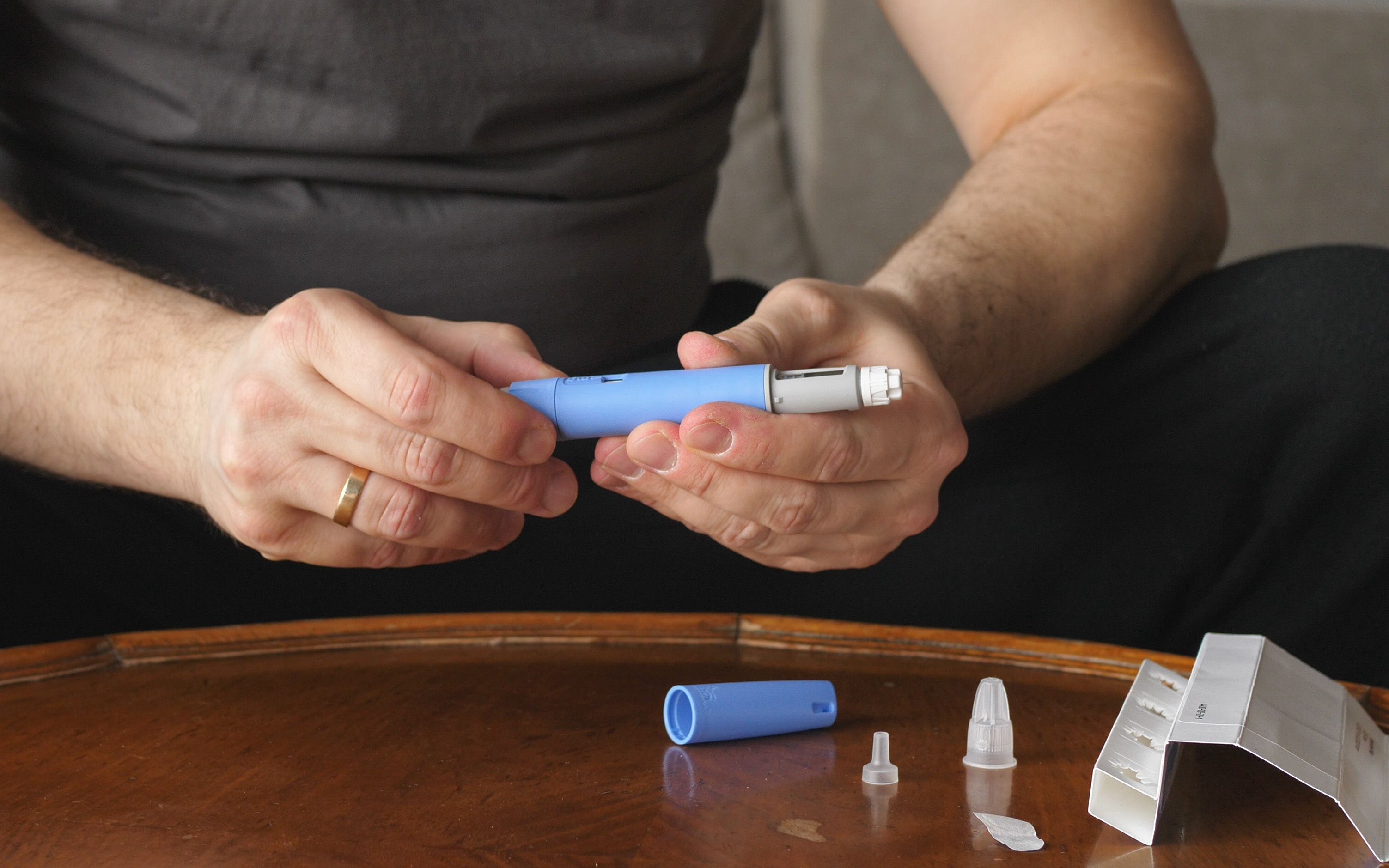- Case-Based Roundtable
- General Dermatology
- Eczema
- Chronic Hand Eczema
- Alopecia
- Aesthetics
- Vitiligo
- COVID-19
- Actinic Keratosis
- Precision Medicine and Biologics
- Rare Disease
- Wound Care
- Rosacea
- Psoriasis
- Psoriatic Arthritis
- Atopic Dermatitis
- Melasma
- NP and PA
- Skin Cancer
- Hidradenitis Suppurativa
- Drug Watch
- Pigmentary Disorders
- Acne
- Pediatric Dermatology
- Practice Management
- Prurigo Nodularis
- Buy-and-Bill
Article
Improve appearance of cracked heels
Cracked heels are common painful condition in women who go barefoot, wear sandals, or poorly fitting unpadded shoes. Find out what can be done to improve appearance.

Zoe Diana Draelos, MDCracked heels are common painful condition in women who go barefoot, wear sandals, or poorly fitting unpadded shoes. The first suggestion to offer is to always wear padded house shoes and avoid going barefoot. Further, enclosed shoes with a padded bottom can prevent the callous from forming. The callous basically represents dehydrated keratin that is not desquamating becoming inelastic. With the movement of the foot, the keratin will crack into the living tissue producing bleeding and pain.
Since cholesterol sulfatase, the enzyme required for desquamation, requires water to function, the cracked keratin will not slough until rehydrated. This is why urea and lactic acid are used to treat foot callouses. These substances digest the keratin and open up water binding sites on the keratin so desquamation can resume. Urea and lactic acid containing moisturizers can be helpful, but they will sting and burn when applied to cracked heel skin. The best way to remove this callous is to soak the feet in a pan of warm water with a few drops of liquid dish washing soap for 30 minutes prior to bedtime. The fingernails can be the used to scrape away the hydrated skin. Once this layer of keratin has been removed, the feet can be soaked for another 30 minutes and the newly hydrated skin layer removed with the fingernails. The feet can then be coated with a salicylic acid gel and covered with petroleum jelly. A layer of plastic wrap can then be applied and left in place over night.
RELATED: Can females achieve a good leg shave when using hair conditioner as shaving cream?
In the morning, the keratin callous will be well hydrated and the fingernails can again be used to remove the skin. This procedure can be repeated nightly until the callous has been completely removed. I like this approach better than using a metal grating instrument or scissors or a nail file because the removal is atraumatic. This prevents cutting the skin and causing further damage. It is also inexpensive and can be used on diabetic feet where skin injury could be problematic.





